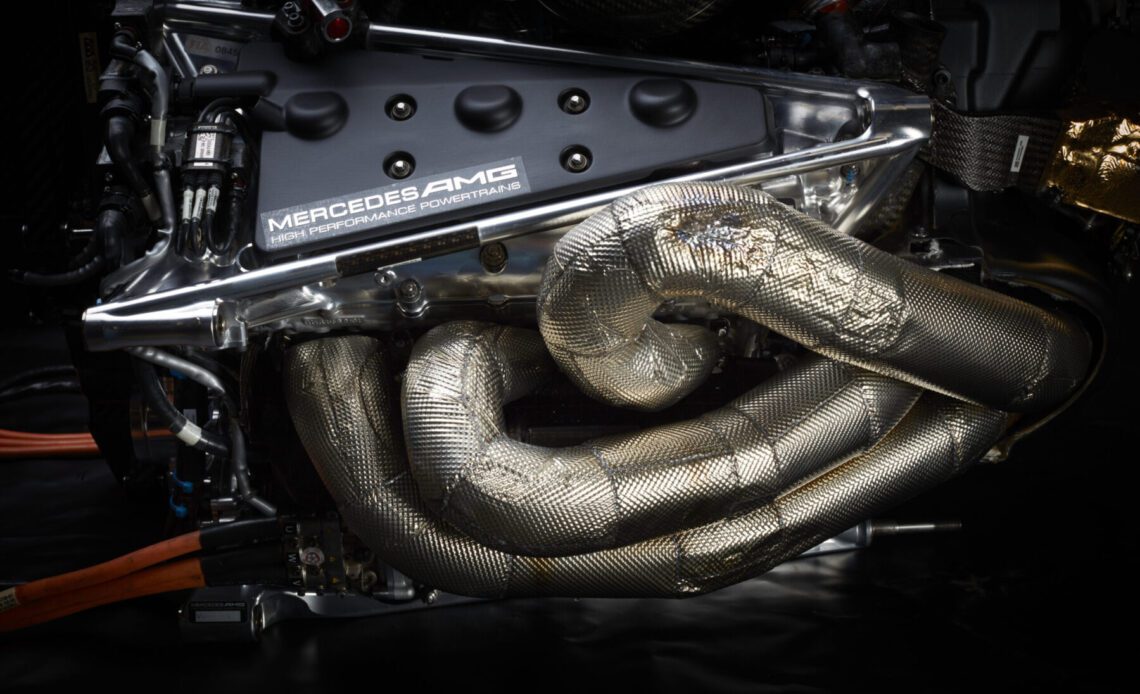Formula 1 introduced new fuel regulations for 2022, including a 10% ethanol fuel percentage. The construction of the ethanol molecule means it carries a lower quantity of joules per kilogram as a combustible vapour than the equivalent volume of Formula 1 race gasoline. However, as per all alcohol-based compounds, ethanol’s evaporation characteristics mean that it will extract temperature out of the combustion chamber during the intake and compression strokes and initial stages of combustion. That lets the mapping engineers lower the ignition advance, taking it closer to TDC and initiating better-timed combustion. For these reasons, ethanol brings a favourable prospect to the efficiency potential of Formula 1 engines.
Design engineers can adjust several follow-on configuration parameters from these characteristics thanks to introducing the higher ethanol content. The compression ratio is the primary beneficiary of the ethanol blend and could increase and drive the combustion efficiency higher. Additionally, ethanol molecules contain oxygen. Instead of solely relying on the oxygen ingested into the engine through the intake, further oxygenation of the working fluids in the combustion chamber will occur with the higher percentage ethanol blend in the Formula 1 fuel. Engineers can implement a lot of redesign and optimisation into the air loop because it will no longer have the same target of kilograms per hour of oxygen from ingested air.
When the energy-limited formula came into place in 2014 and research into the fuel started, Formula 1 fuel manufacturers discovered that some fuel molecules produce significantly more energy than others. Because the fuel flow and load are prescribed in kilograms, there is scope for developing the calorific value of the fuel. The development targets are how engineers can apply as much energy into one kilogram of fuel and generate the proper pressure and motion for the direct-injected gasoline engine. The research octane number (RON), which ranks how close to the most efficient moment the sparkplug can ignite the fuel, is a primary driver in the combustion development of the high-efficiency fuel.
‘Having 10% ethanol significantly affects the pressure and temperature of the air as it mixes in the chamber,’ highlights Thomas. ‘There’s less calorific value in each ethanol molecule than race gasoline, which means collectively, the fuel potency is slightly diluted. However, some parts of its characteristics…
Click Here to Read the Full Original Article at Racecar Engineering…

